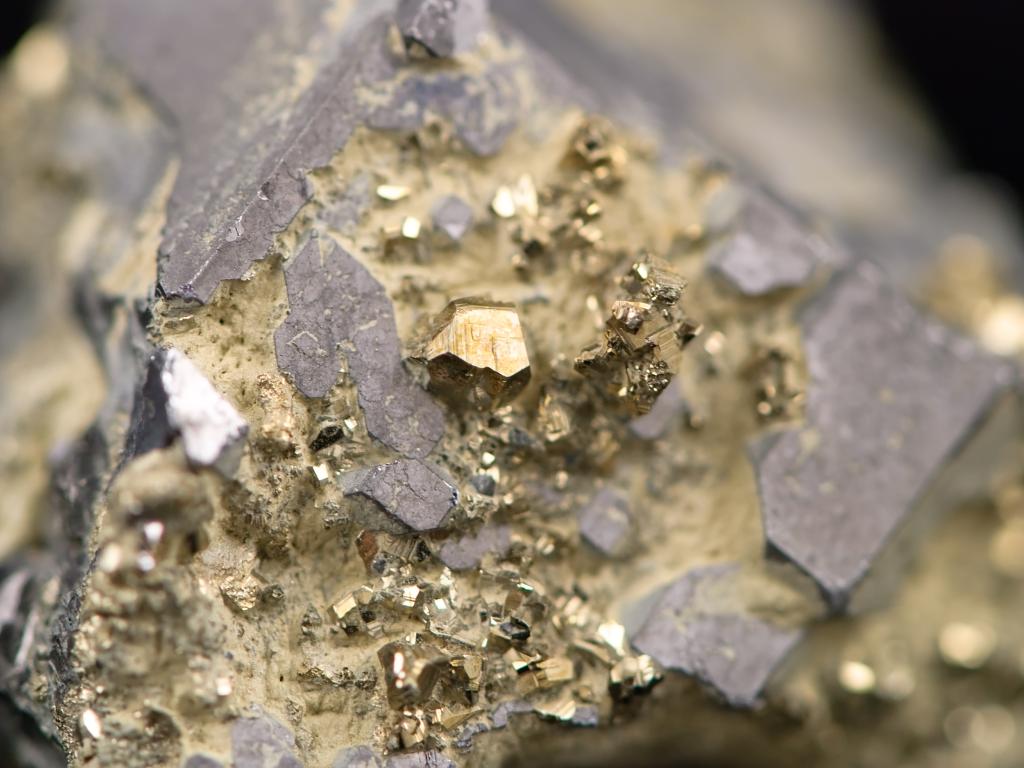When it comes to precious materials, diamonds and gold have long been at the forefront of human fascination and investment. Both have their unique allure, cultural significance, and economic value, but the question remains: Is diamond worth more than gold? This inquiry requires a nuanced exploration of various factors, including market dynamics, intrinsic properties, and societal perceptions.
Understanding Value: The Basics
To assess whether diamonds are worth more than gold, we must first understand how value is determined in both cases. The value of gold is largely driven by its scarcity, industrial applications, and historical significance as a currency. Gold has been a reliable store of value for centuries, often seen as a hedge against inflation and economic instability. Its price is relatively stable, influenced by global economic conditions, mining output, and geopolitical factors.
In contrast, diamonds derive their value from a combination of rarity, quality, and market demand. The diamond industry is heavily influenced by branding and marketing, with companies like De Beers historically controlling supply to maintain high prices. The Four Cs—carat, cut, color, and clarity—play a crucial role in determining a diamond's worth, making it a more subjective asset compared to gold.
Market Dynamics: Price Fluctuations
As of October 2024, the price of gold hovers around $1,900 per ounce, while diamonds can vary dramatically in price, from a few hundred dollars for lower-quality stones to several million for rare, flawless specimens. This disparity raises the question of whether diamonds can ever be considered more valuable than gold.
Recent trends indicate that while gold prices have remained relatively stable, the diamond market has experienced fluctuations due to changing consumer preferences and the rise of lab-grown diamonds. These synthetic alternatives offer a more affordable option, challenging the traditional diamond market and potentially impacting its long-term value.
Investment Perspectives: Risk and Return
From an investment standpoint, gold is often viewed as a safer asset. Its liquidity and universal acceptance make it a preferred choice for investors looking to diversify their portfolios. In contrast, diamonds, while potentially lucrative, carry higher risks. The resale market for diamonds is less predictable, and the value can vary significantly based on market trends and consumer sentiment.
Moreover, diamonds lack the intrinsic value that gold possesses. While gold can be melted down and repurposed, diamonds are primarily valued for their aesthetic appeal and rarity. This distinction is crucial for investors considering the long-term viability of their assets.
Cultural and Emotional Significance
Beyond financial considerations, the cultural and emotional significance of diamonds cannot be overlooked. Diamonds are often associated with love, commitment, and status, making them a popular choice for engagement rings and luxury items. This emotional connection can drive demand, sometimes leading to prices that exceed those of gold.
However, the cultural narrative surrounding gold is equally powerful. Gold has been revered in various cultures as a symbol of wealth and power, often used in religious artifacts and royal regalia. This historical context adds layers to its value that diamonds may not fully replicate.
Conclusion: A Matter of Perspective
In conclusion, whether diamonds are worth more than gold is not a straightforward question. It ultimately depends on the context in which value is assessed—be it financial, emotional, or cultural. For investors seeking stability and liquidity, gold remains the superior choice. However, for those drawn to the allure and symbolism of diamonds, the emotional value may outweigh the financial considerations.

